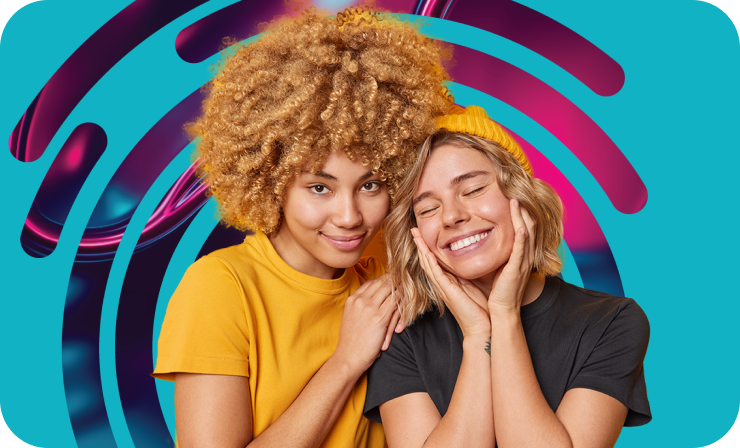Get answers to FAQs

Find answers to some FAQs or ask one yourself
Do you still have questions about substance use and how you can reduce the risks? You can check here for answers.
What should I do if I see someone who looks like they are having an overdose, but I have also consumed or am carrying illegal substances?
Even if you’ve taken drugs or have some on you, the Good Samaritan Drug Overdose Act provides some legal protection. This includes simple drug possession charges.
The Act can protect you from:
- Charges for possession of a controlled substance (e.g., drugs)
- Breach of conditions regarding simple possession of controlled substances (i.e. drugs) in:
- pre-trial release
- probation orders
- conditional sentences
- parole
There are some exceptions to the act, including serious offences such as trafficking controlled substances. Learn more.
Is naloxone complicated to administer? And how do I get it?
Naloxone is simple to administer. In Canada, there are two types of kits available: A nasal spray and an injection. The nasal spray is sprayed directly into the nose and the injectable is injected into any muscle in the body, like an arm or thigh.
Watch these videos to learn more: How to give naloxone spray and how to give a naloxone injection.
Naloxone can begin to take effect within 2 minutes. If a response to an initial dose is not seen within 2-3 minutes, subsequent doses can safely be given.
Naloxone only works if the person has opioids in their system. Even in doubt, always give naloxone. It is safe to give to someone even if the person did not take an opioid.
Naloxone kits are available at most pharmacies. You do not need a prescription, simply ask your local pharmacist. You can also see where your province or territory offers them.
What does an opioid overdose look like?
Signs and symptoms of an opioid overdose include:
- Difficulty walking, talking, or staying awake
- Blue or grey lips or nails
- Very small pupils
- Cold and clammy skin
- Dizziness and confusion
- Extreme drowsiness
- Choking, gurgling or snoring sounds
- Slow, weak or no breathing
- Inability to wake up, even when shaken or shouted at
Call for help right away and give Naloxone while you wait.
Naloxone only works if the person has opioids in their system. Even in doubt, always give naloxone. It has no side effects and it is safe to give to someone even if the person did not take an opioid.
Recognizing an overdose and carrying a naloxone kit on you, even if you don’t consume opioids, can save a life.
What happens when you mix alcohol and cannabis together?
Alcohol may increase the amount of THC that is absorbed and that gets into the brain.
Combining the two can increase your risk of experiencing:
- More severe levels of intoxication and impairment
- Dizziness, nausea and vomiting
- Problems with memory, attention, and speech
- Anxiety and paranoia
- Poor sleep quality
Is it safe to start consuming cannabis at 18 or 19 years old when it is legal in my province?
Cannabis can interfere with brain development until around the age of 25. This puts you at an increased risk of harms related to mental health and brain function. At any age, it is important to know about all the health effects of cannabis.
What is drug-induced psychosis?
Drug-induced psychosis can create symptoms that include delusions, hallucinations, disorganized thinking, mood swings, aggression, paranoia, severe anxiety, insomnia, and appetite changes.
Stimulants, hallucinogens, excessive alcohol, cannabis, and misuse of prescription medications can all trigger drug-induced psychosis.
Where can I find information on reducing the risks of stimulants, such as cocaine, methamphetamines, and ecstasy?
You can find information about several types of substances, including stimulants, on this page for controlled and illegal drugs.
Many of the harm reduction measures in this toolkit can be applied to multiple substances, including:
- pacing yourself
- being aware of how much you are drinking or taking
- eating food and drinking water before and after consuming substances
- having a charged phone
- using the buddy system or telling someone you trust that you are consuming substances
- being aware of the risks of combining substances










